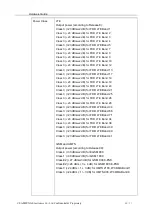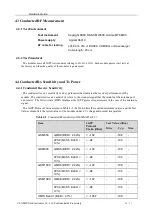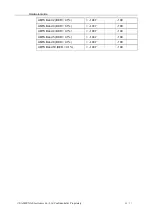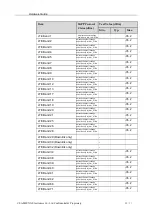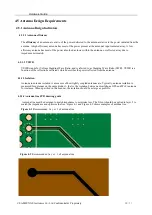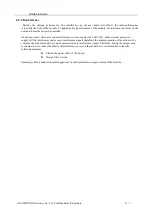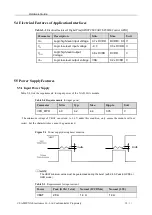
© SAMSUNG Electronics Co., Ltd. Confidential & Proprietary
50
/ 82
Hardware Guide
4.5 Antenna Design Requirements
4.5.1 Antenna Design Indicators
4.5.1.1 Antenna efficiency
The
efficiency
of an antenna is a ratio of the power delivered to the antenna relative to the power radiated from the
antenna. A high efficiency antenna has most of the power present at the antenna's input radiated away. A low
efficiency antenna has most of the power absorbed as losses within the antenna, or reflected away due to
impedance mismatch.
4.5.1.2 VSWR
VSWR stands for Voltage Standing Wave Ratio, and is referred to as Standing Wave Ratio (SWR). VSWR is a
function of the reflection coefficient, which describes the power reflected from the antenna.
4.5.1.3 Isolation
Antenna to antenna isolation is a measure of how tightly coupled antennas are. Typically, antenna isolation is
measured for antennas on the same product - that is, the isolation between a smartphone GPS and Wi-Fi antenna,
for instance. When specified in this manner, the isolation should be as large as possible.
4.5.1.4 Antenna line PCB drawing guide
Antenna line must be designed to match impedance to minimize loss. The fil-cut should be applied to layer 2 to
match the impedance and optimize the loss. Figure 4-1 and Figure 4-2 shows examples of antenna line.
Figure 4-1
Recommended l a y e r 1 of antenna line
Figure 4-2
Recommended l a y e r 2 of antenna line





